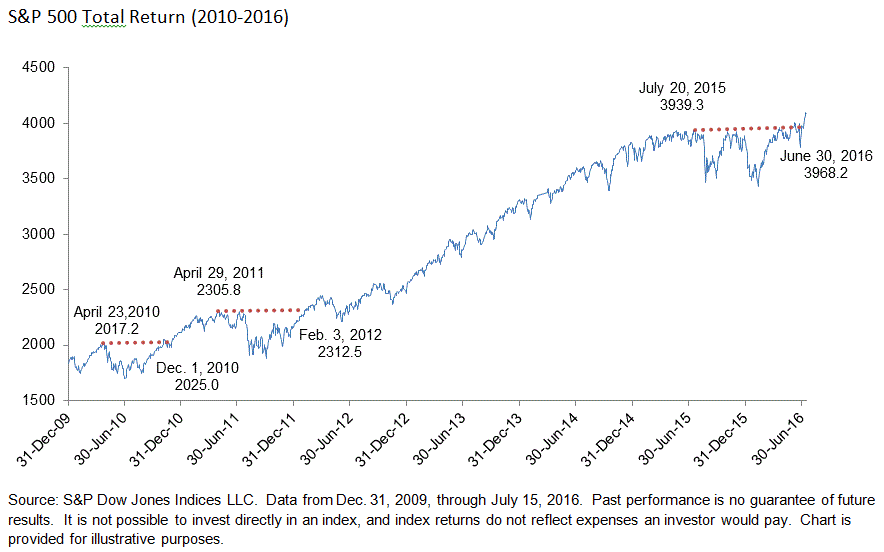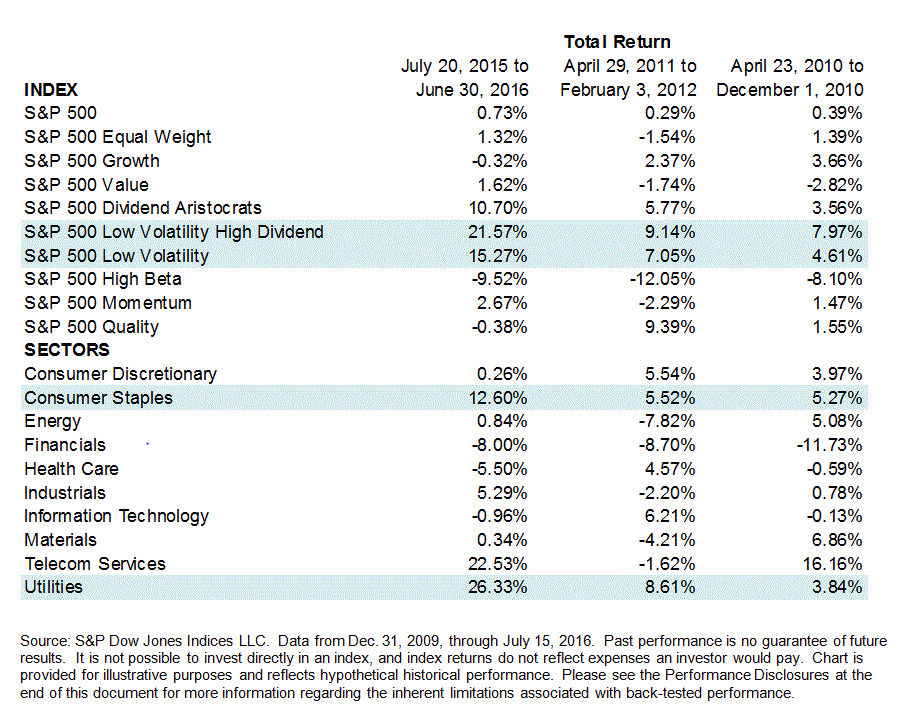This morning’s release of the S&P/Experian Consumer Credit Default Indices showed that default rates for bank cards – such as VISA, MasterCard or others – climbed year to date while other categories of consumer borrowing such as mortgages and auto loans did not. Even though the bank card rate at 3.11% is 61 basis points above its recent low while the other default rates are within a few basis points of the low, there is little reason to be concerned over rising consumer debt levels.
Bank cards, often called revolving credit, are loans without a fixed maturity which can be paid off at any time. Some consumers use these cards for convenience rather than borrowing and pay off the balances completely each month. Others may use the cards to borrow in some months and then carry a balance. Whether for convenience or borrowing, these cards are used for retail sales. As retail sales expand, card usage and the outstanding balances on these cards are likely to grow.

Comparing consumer credit card borrowing and retail sales shows that consumers are not over-extended. The recent rise in bank card defaults is not a sign of problems around the corner. The first chart shows the ratio of outstanding credit card balances to retail sales excluding automobile since 1992. The ratio is shown as an index with January 1992=100. During the 1990s with a strong economy the ratio rose – card use grew faster than retail sales. From 2000 to 2008, the credit-to-sales ratio bounced around: rising debt in the 2001 recession followed by some deleveraging and then expanded credit and good times until the financial crisis. The bump up in 2008 reflects a squeeze as the economy dropped into recession. This was followed by massive deleveraging as hard times forced consumers to tighten their belts. The deleveraging bottomed out in March 2014. Since then credit outstanding is up 10.3% while retail sales are up almost 5% as of May 2016.

The second chart shows a related measure compiled by the Federal Reserve: the Consumer Debt Service Ratio (DSR) is the percentage of disposable personal income used to service consumer debt excluding mortgages. Like the previous measure, the DSR is off the bottom but not high enough to raise any concerns.
Both of these measures confirm other recent reports on consumer confidence, retail sales and employment which show that American consumers are boosting US economic growth.
The posts on this blog are opinions, not advice. Please read our Disclaimers.
















































